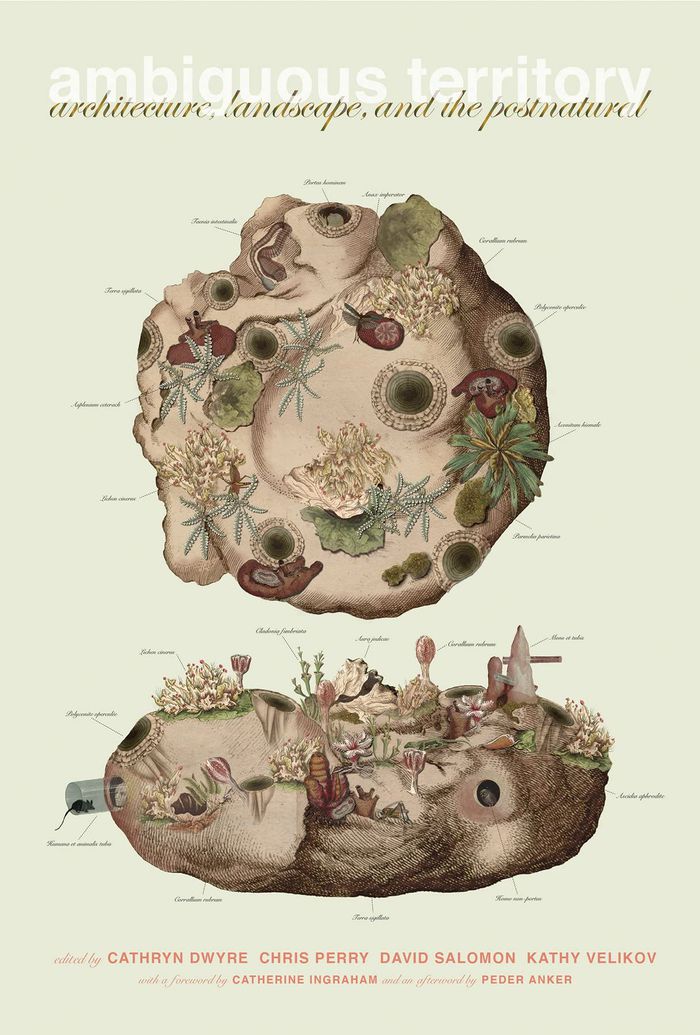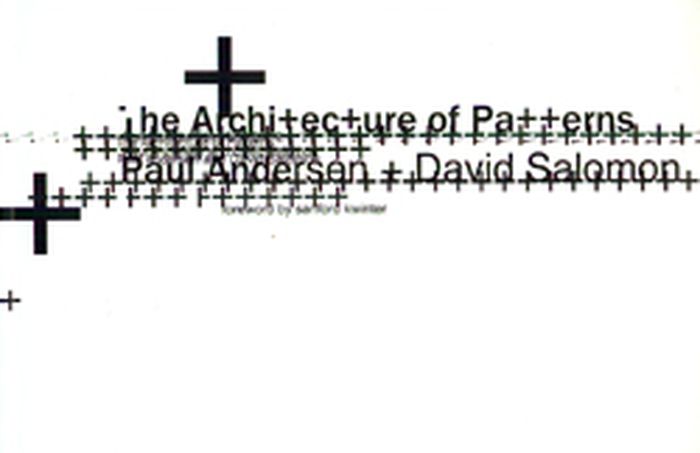$50.00
(available to order)
Summary:
The essays and works of art and design featured in this publication are organized around three territories: the atmospheric, the biologic, and the geologic. Each cluster of essays is further framed by forewords and afterwords, which draw individual points of view into a larger articulation of what an ambiguous territory might be and how it operates. "Ambiguous Territory"(...)
Architectural Theory
August 2022
Ambiguous territory: Architecture, landscape and the postnatural
Actions:
Price:
$50.00
(available to order)
Summary:
The essays and works of art and design featured in this publication are organized around three territories: the atmospheric, the biologic, and the geologic. Each cluster of essays is further framed by forewords and afterwords, which draw individual points of view into a larger articulation of what an ambiguous territory might be and how it operates. "Ambiguous Territory" emerged from a symposium and exhibition held at the University of Michigan in the fall of 2017, and exhibitions at the University of Virginia and Pratt Manhattan Gallery in 2018, and at Ithaca College in 2019. This volume belongs in that territory of ambiguity and curiosity, a place where there is room for musings, laughter, and despair. The projects convey, in different ways, a hope for a better future, but also a sense of not knowing if that future is at all possible.
Architectural Theory
The architecture of patterns
$31.00
(available to order)
Summary:
This book tracks the definitions and applications of patterns in a number of fields, and suggests how contemporary patterns might be used in design. Drawing on historical material and recent case studies, it gives shape to patterns’ emerging potential. The Architecture of Patterns provides an updated definition of patterns that is at once precise and expansive—one that(...)
History since 1900, Reference Books
August 2010
The architecture of patterns
Actions:
Price:
$31.00
(available to order)
Summary:
This book tracks the definitions and applications of patterns in a number of fields, and suggests how contemporary patterns might be used in design. Drawing on historical material and recent case studies, it gives shape to patterns’ emerging potential. The Architecture of Patterns provides an updated definition of patterns that is at once precise and expansive—one that allows their sensory, ephemeral, and iterative traits to be taken as seriously as their functional, everlasting, and essential ones.
History since 1900, Reference Books

